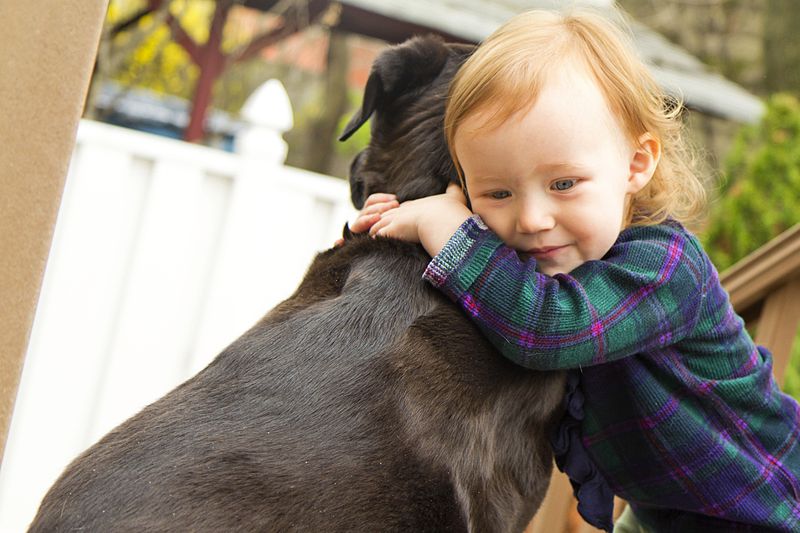Key Takeaways
- Human refers to a person or showing better qualities of people
- Humane means showing kindness and concern for others
- Despite their similar appearance, the meanings of human and humane are distinct
Although the words human and humane appear similar, there is a clear difference between the two words in terms of their meaning. The key difference between human and humane is that the human is a person and being human, is showing better qualities of people. On the other hand, being humane is showing kindness and concern for others. In our world today, although people are human, most do not display humane actions especially in their treatments of others. This highlights that although the two words appear to be similar, when paying attention to their meaning one can easily discern a difference. Through this article let us examine the differences between the two words in depth.
What is Human?
The word human can be used as a noun as well as an adjective. As a noun, human refers to a person. Humans are considered superior to other living beings mainly due to their higher intelligence. Humans, unlike other animals, are capable of accomplishing so much more. For instance, the very creation of societies, culture, both material and non-material, highlight that humans are different from other animals. They are able to engage in thinking processes that transcend the immediate event. Such skills and supreme mental capacities can only be witnessed in humans.
However, the word human can also be used as an adjective. As an adjective, human refers to showing better qualities of people or it can also be understood as of people. The first definition of ‘showing better qualities of people’ is similar to the word humane, as it highlights qualities such as love, compassion, kindness that individuals have.
When concentrating on the second meaning ‘of people’, the word human can be used in diverse settings such as in the case of human resource, human development, etc. In each situation, by making an addition to the noun through the adjective ‘human’, the writer is able to focus the attention on a specific section. For instance, in the case of development, it can cater to different sections. By adding the word ‘human,’ the attention is especially on the section of human development. Now, let us move on to the next word in order comprehend the difference.
What is Humane?
Unlike the word ‘human,’ which applies to different things based on the context, the word ‘humane’ refers to showing kindness and concern towards others. Being humane towards others, both animals and people, is a quality that needs to be developed in the modern world. Although there is a lot of development in the world and in the lives of people materially, the humane qualities such as compassion, care towards others, helpful gestures seem to be disappearing. The term humane specifically highlights these distinctive qualities in people.
Although there are billions of humans or human beings in the world, the humane qualities of people are disappearing. This statement can be proven through the increasing number of wars, massacres, and violent events that take place. They highlight the fact that in spite of the continuing existence of humans on this planet, the very essence of what is considered as humane is fading away.
Through this article, attention has been paid to the difference between human and humane. Now let us summarize the difference as follows.
What is the Difference Between Human and Humane?
Definitions of Human and Humane:
Human: Human refers to showing better qualities of people, or it can also be understood as of people
Humane: Humane refers to showing kindness and concern towards others.
Characteristics of Human and Humane:
Nature of word:
Human: Human highlights the idea of people, as in human being.
Humane: Humane highlights concern for others.
Form:
Human: Human can be used both as a noun and as an adjective.
Humane: Humane is used as an adjective.
Image Courtesy:
1. “Asiatiska folk, Nordisk familjebok” by G. Mützel – Nordisk familjebok (1904), vol.2, Asiatiska folk [1].Nordisk Familjebok has credited the image to Bibliographisches Institut, Leipzig.. [Public Domain] via Wikimedia Commons
2. A girl and her dog By Dave Buchwald (Own work) [CC BY-SA 3.0], via Wikimedia Commons
